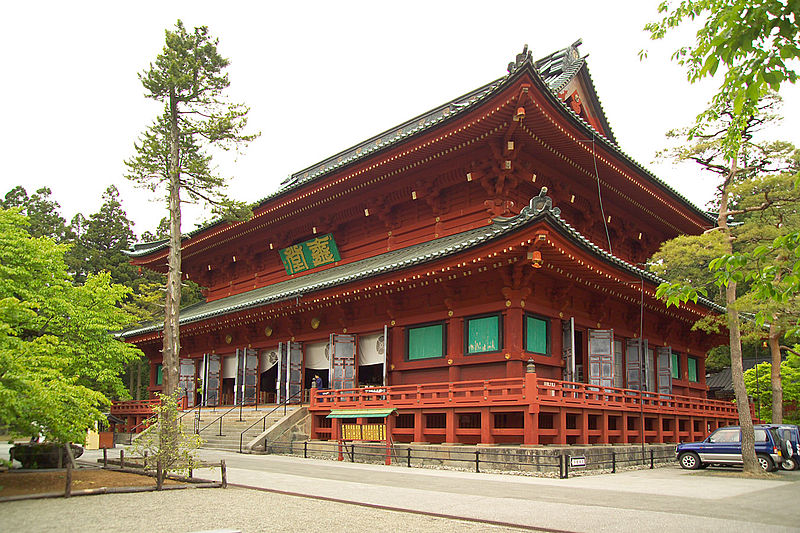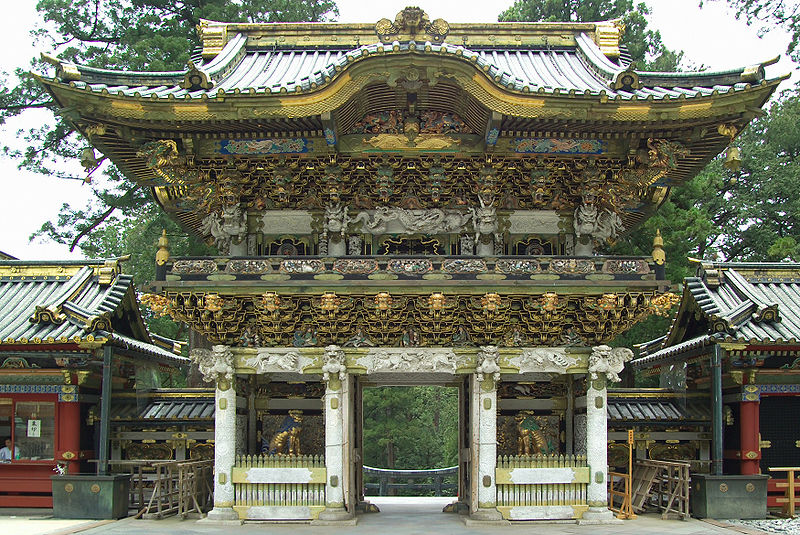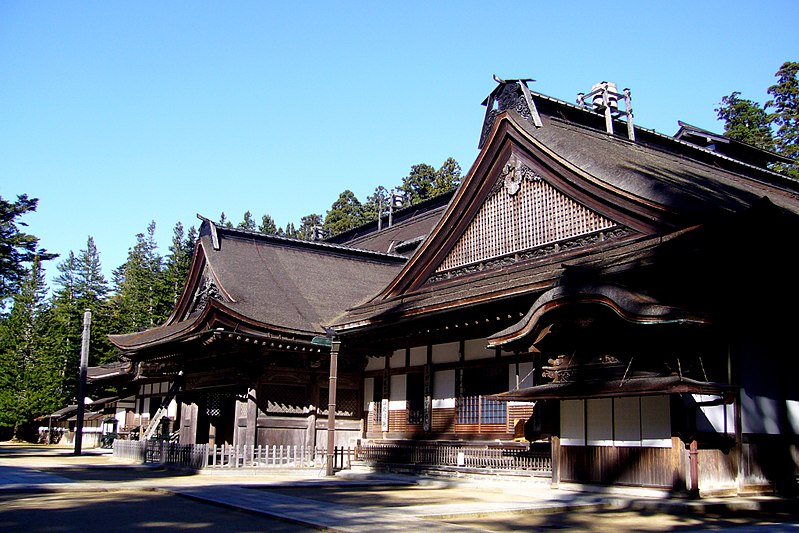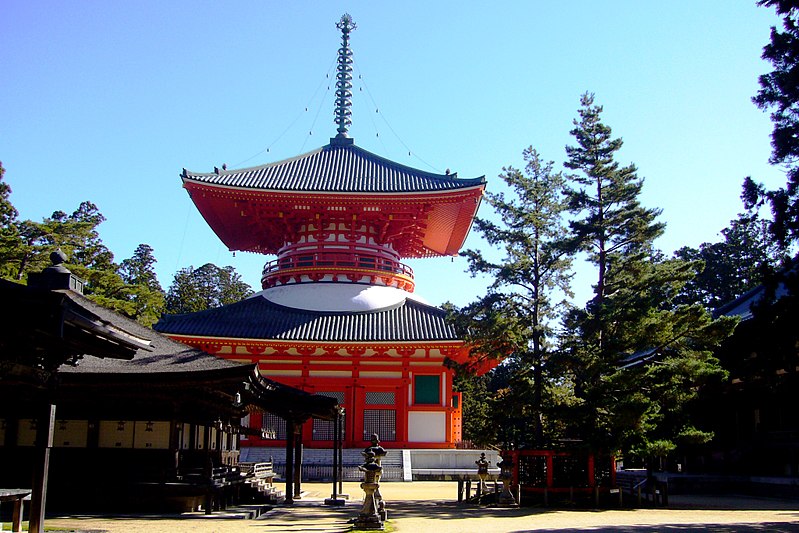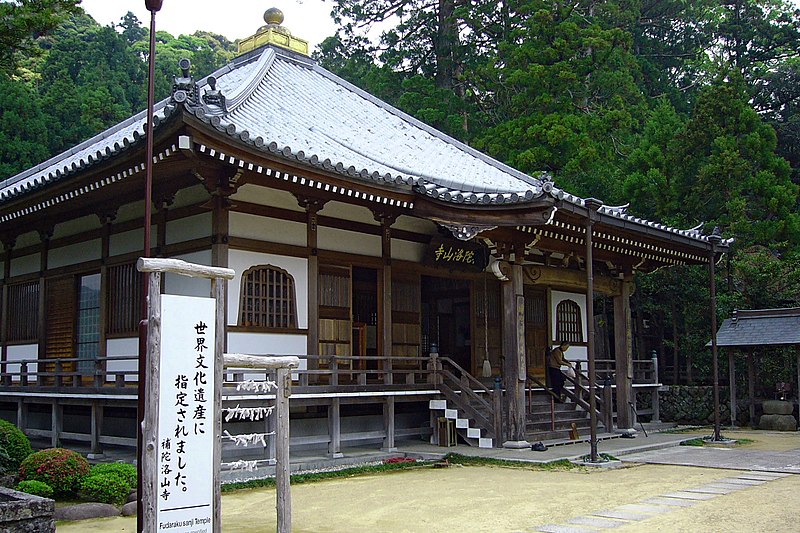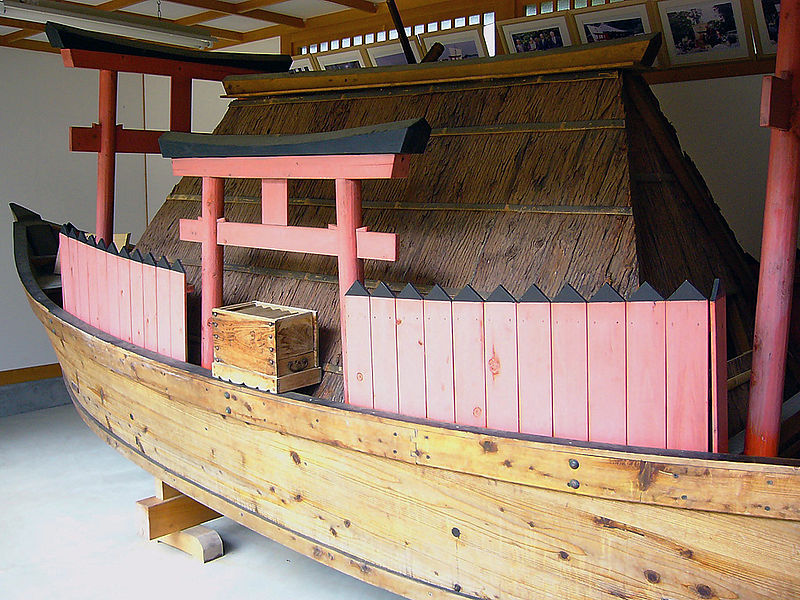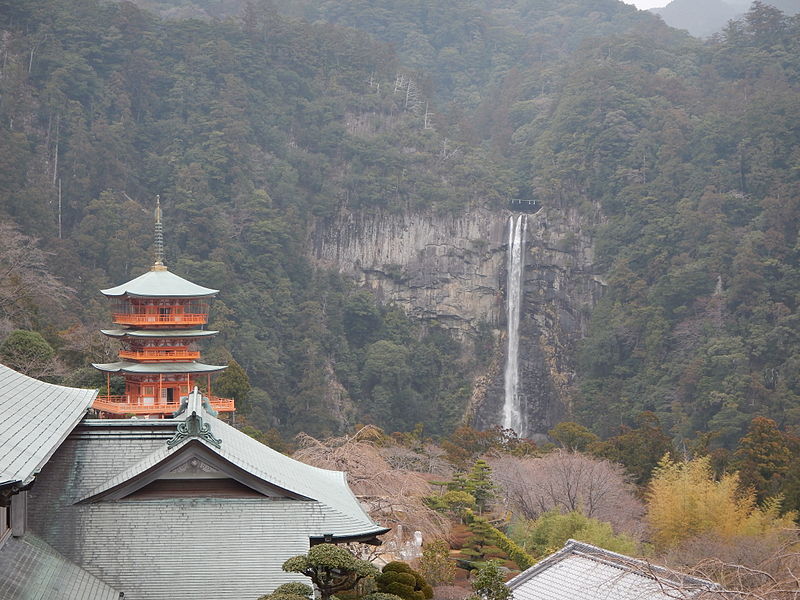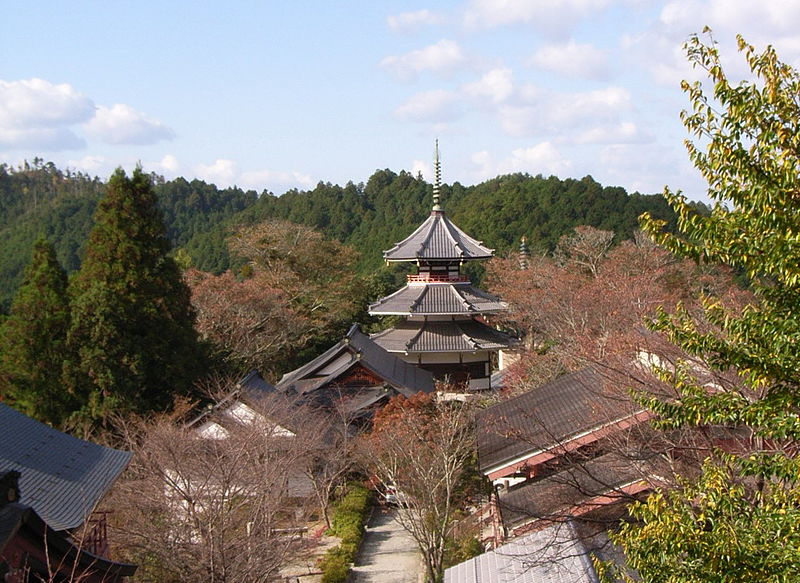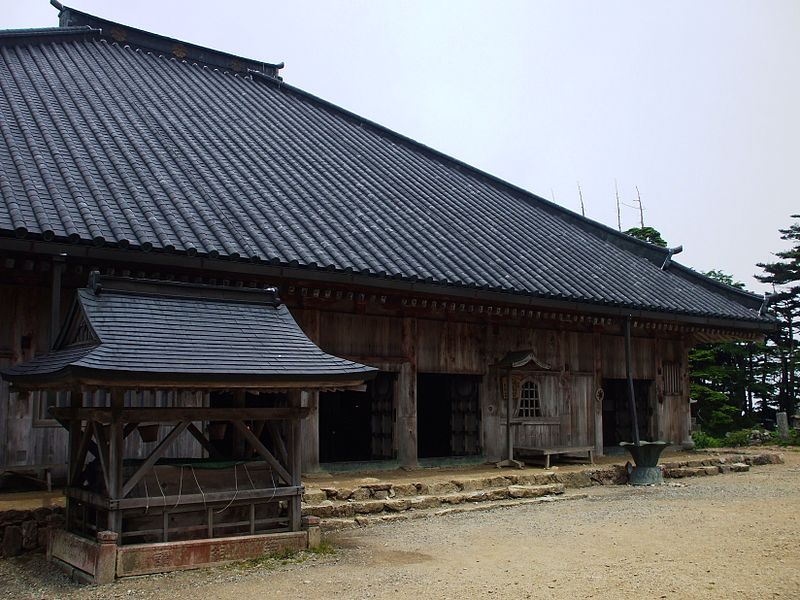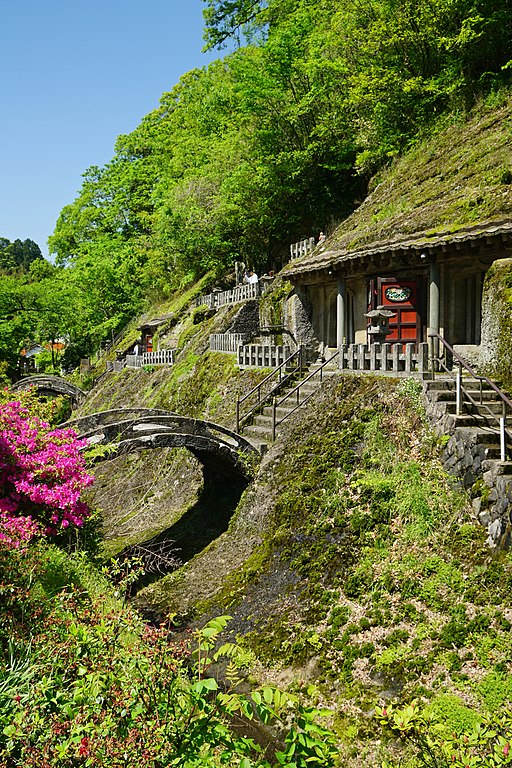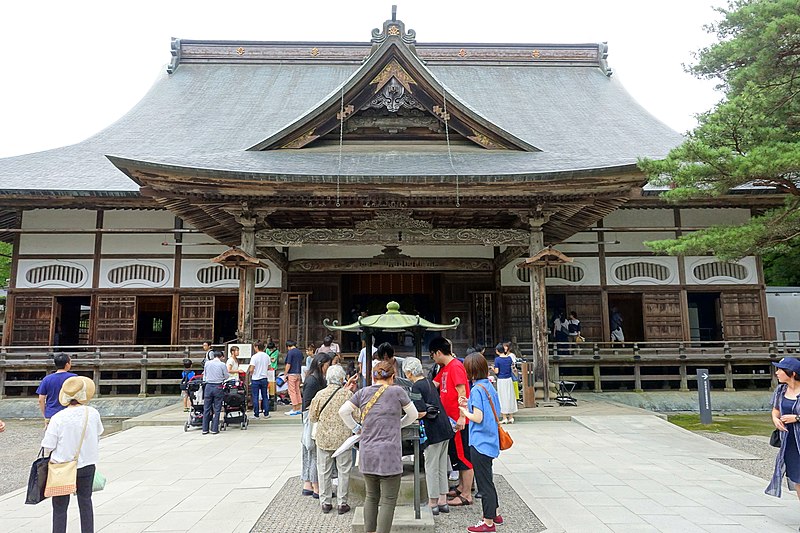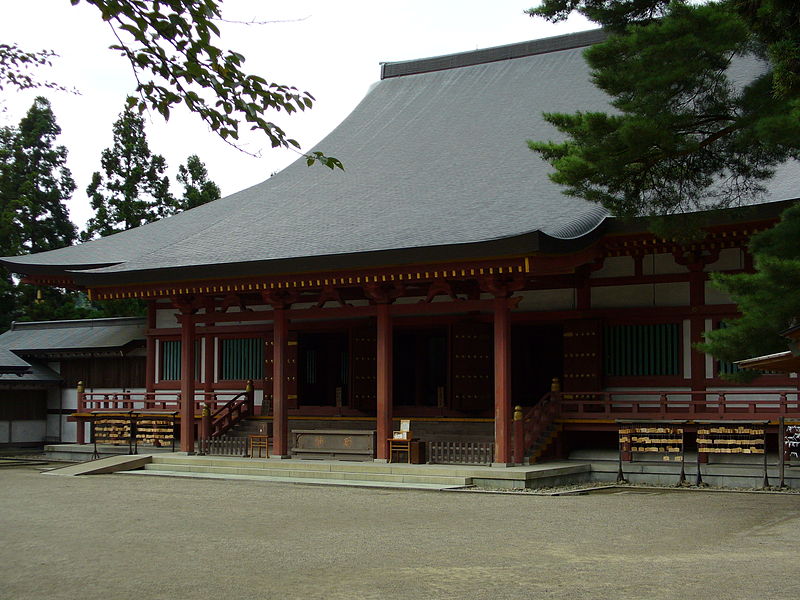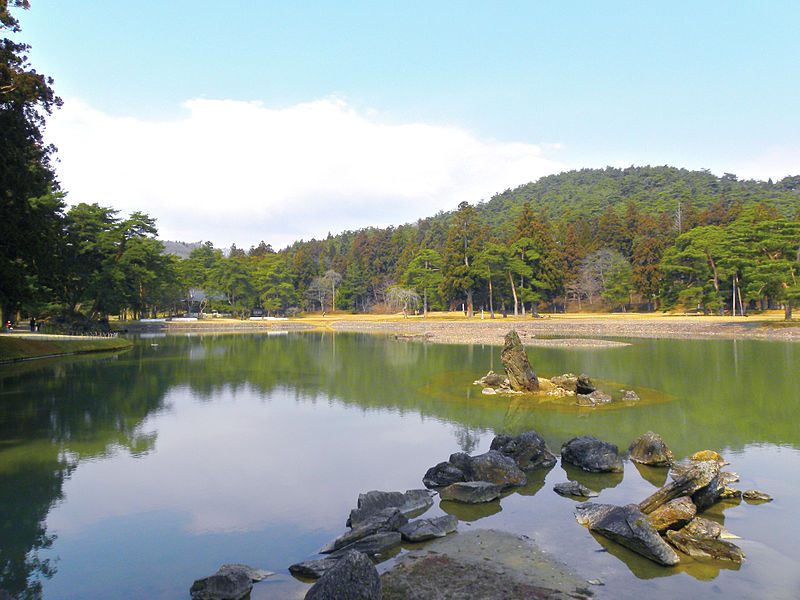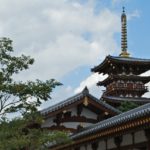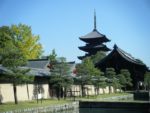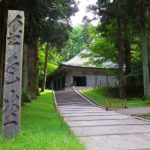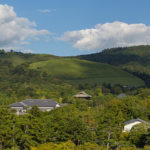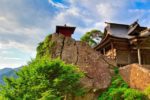Table of Contents
Temples in Nikko, Kii Mountain Range, Iwami Ginzan, and Hiraizumi
Certainly, these sightseeing spots would less attract attention from the tourists comparing to Kyoto or Nara.
But you can enjoy the temples as well as the scenery surrounding them. The leaders in each period built temples in the capitals to protect the city and the nation. On the other hand, high priests and the lord of a manor established the Buddhist buildings as to harmonize with nature.
Japanese people had believed the religion of nature that formed Shinto since the ancient time. So they thought nature had a special power and tried to coexist with the mountains, the seas, and the rivers. When they wanted to aim hight of the spirituality with Buddhism, it was natural to seek the environment in the holy mountains.
Nikko, Tochigi prefecture
Rinnoji temple(輪王寺)
Kii Mountain Range, Wakayama and Nara prefecture
Koyasan(高野山)-Kongobuji(金剛峰寺)
Fudarakusanji temple(補陀落山寺)
Seigantoji temple(青岸渡寺)
Kinpusenji temple(金峯山寺)
Oominesanji temple(大峰山寺)
Iwami Ginzan, Shimane prefecture
Rakanji temple (羅漢寺)
Hiraizumi, Iwate prefecture
Chusonji temple(中尊寺)
Motsuji temple(毛越寺)
Other World HeritageTemples in Japan
Click! World Heritage temples in Kyoto
Click! World Heritage temples in Nara
Back to the page of Buddhism temple in Japan
Books about Japan’s World Heritage Sites

